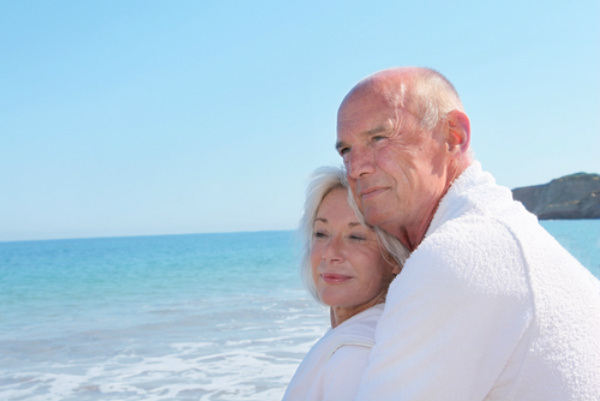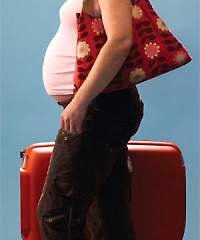More than 10,000 medical tourists flew into Australia last year for procedures, pumping more than $26 million into the national economy, new figures show.
Sydney :
While an increasing number of Australians are travelling to Asian countries such as Thailand and Singapore for cheap care, Australian doctors and hospital chiefs say a small but increasing number of wealthy people from the Asia-Pacific region are coming to Australia for treatments such as orthopaedic and heart surgery, cancer services and IVF, according to Sydney Herald Tribune.
Data from Tourism Research Australia, the federal government’s agency in charge of tracking trends, shows 10,739 people came to Australia for medical reasons in the year to September 2013 – double the number in 2006. The data, which models information from surveys of 40,000 people in Australian airports each year, found medical tourists spent about $26 million in 2013, up from $12.7 million in 2006. This figure did not include their airfares and packages they had already purchased.
It comes as the Victorian government works on a strategy to increase health and medical exports including medical tourism. Opportunities are being discussed particularly in the context of Melbourne’s increasingly prestigious Parkville Precinct which includes the new $1 billion Comprehensive Cancer Centre, which is hoped to deliver cutting edge care when it opens in late 2015.
Advertisement
While there is no precise data on who is coming to Australia and why, Epworth Group chief executive Alan Kinkade said his hospitals cared for about 600 international patients a year from 31 countries, including the Pacific Rim, US, New Zealand, Singapore and Indonesia. Some of those patients had family connections in Australia or had heard about specialist care that they wanted here, he said, while others fell unexpectedly ill while visiting Australia.
CEO of Monash IVF James Thiedeman said about 50 medical tourists a year paid a premium rate for treatments at Monash IVF, possibly because of its reputation for new technology such as pre-implantation genetic diagnosis and the fact that prices in Australia were about 20 per cent less than the US.
Economists say rising wealth in countries such as China and Indonesia could be driving people to seek high-quality care in Australia, particularly in niche areas such as weight-loss surgery, robotic surgery, orthopaedic surgery and IVF. A Deloitte report on medical tourism opportunities for the Australian government in 2011 said surveys in China had found 8 per cent travelled to other countries for medical care, with only 13 per cent believing that the quality of care available in China was comparable to the best in the world. Only a quarter said their physicians had access to the latest technology.
A 2010 Victorian government report on export opportunities also suggested Victorian hospitals set up ”assistance centres” in Indonesian cities to guide people wanting to travel to Australia for medical treatment.
”In general, the service would include transportation, medical referrals and appointments, hotel accommodations, assistance before, during and after hospitalisation, and customer service assistance for billing and financial inquiries,” the report said.
Dr Simon Woods, executive director of medical services at Cabrini Health, said although Australia had excellent potential for medical tourism, one risk was that people may bring new antibiotic resistant bacteria or ”superbugs” into local hospitals.
”If you were deliberately targeting people from some areas, you would certainly have a risk of introducing more of those patients into the system and more of those organisms into our healthcare system,” he said.
source: http://www.traveldailynews.asia / TravelDailyNews Asia-Pacific / Home> News > Special Interest Travel> Spa & Health / by Theodore Koumelis / January 20th, 2014






